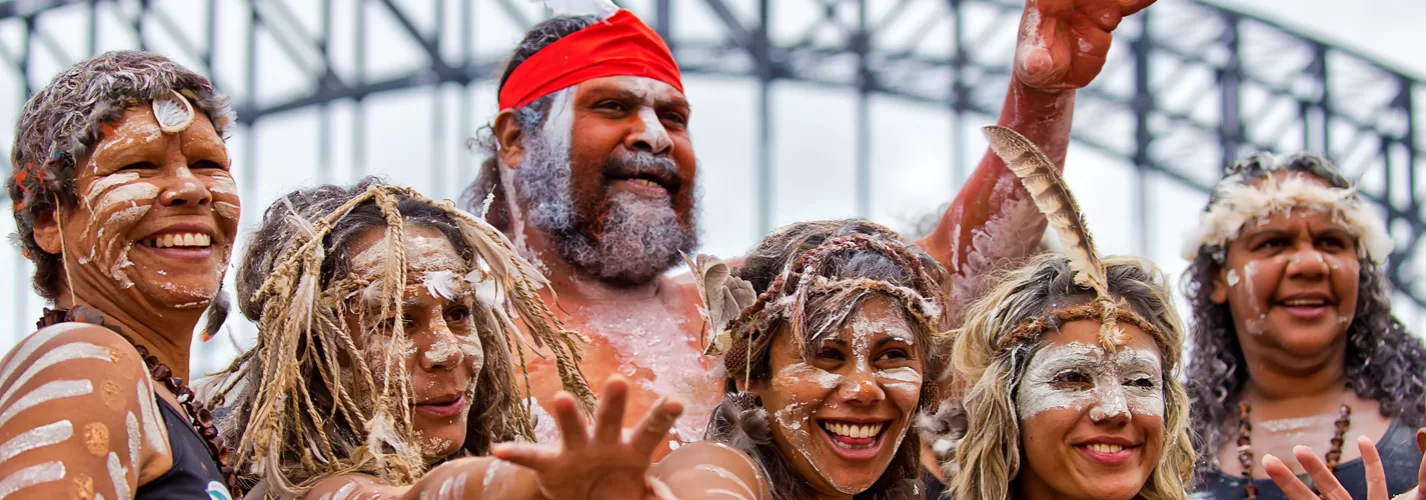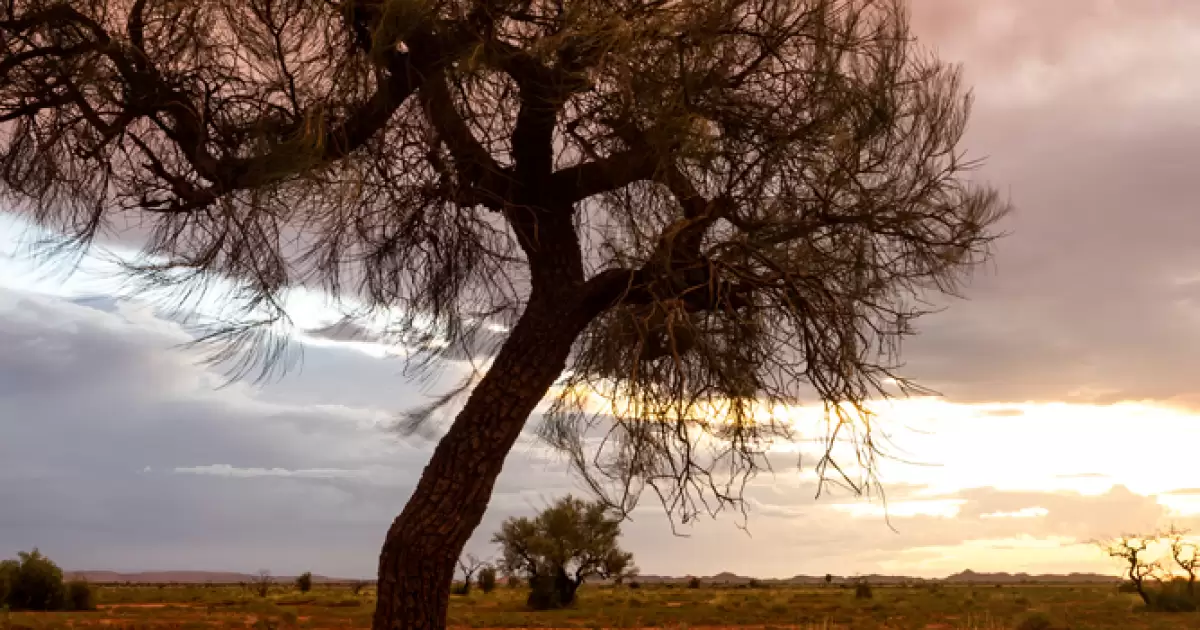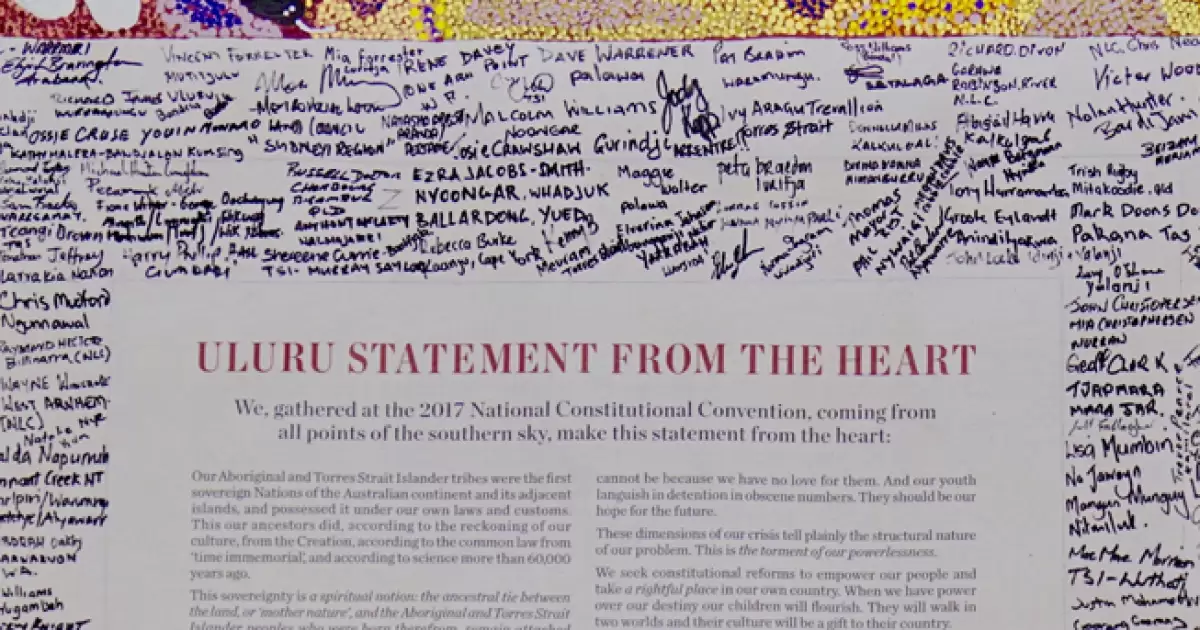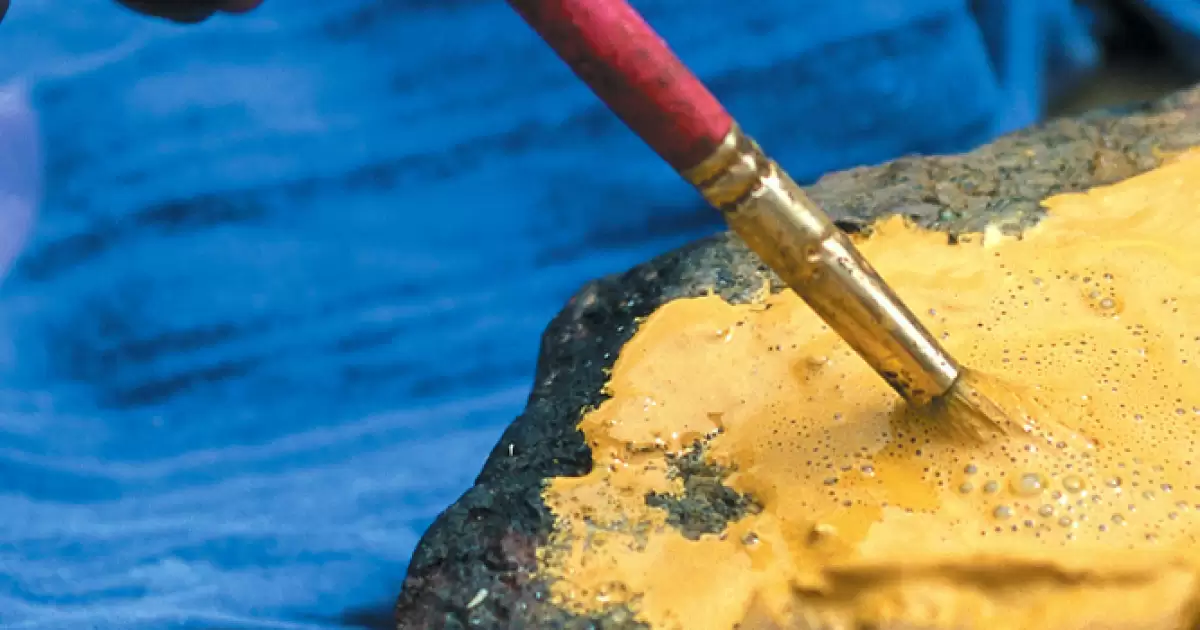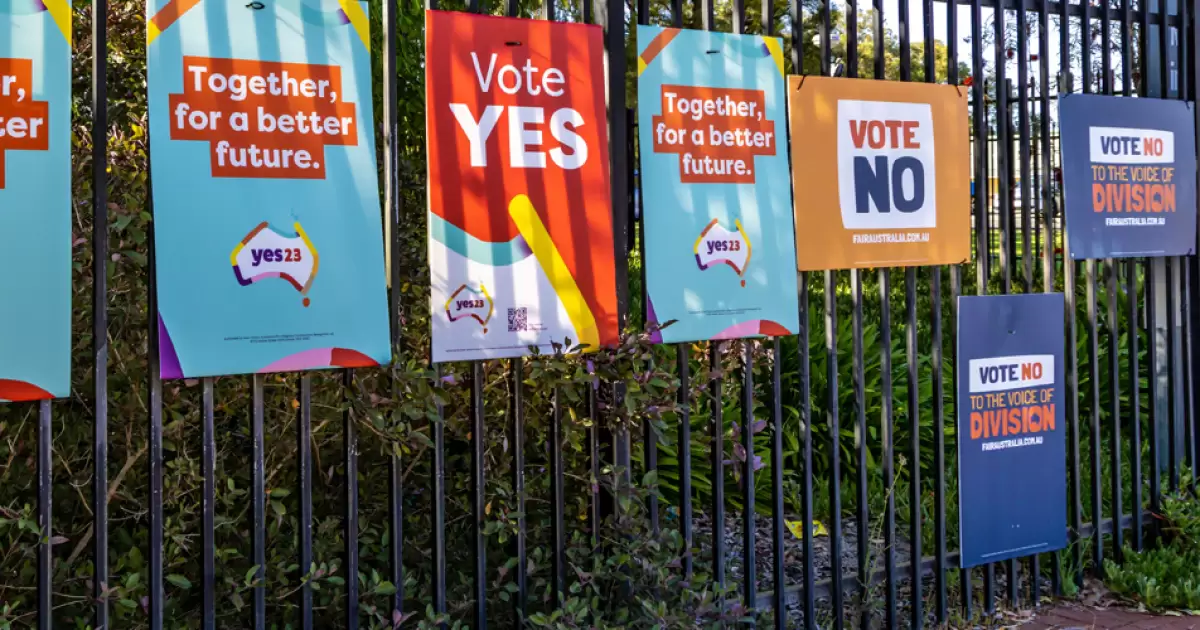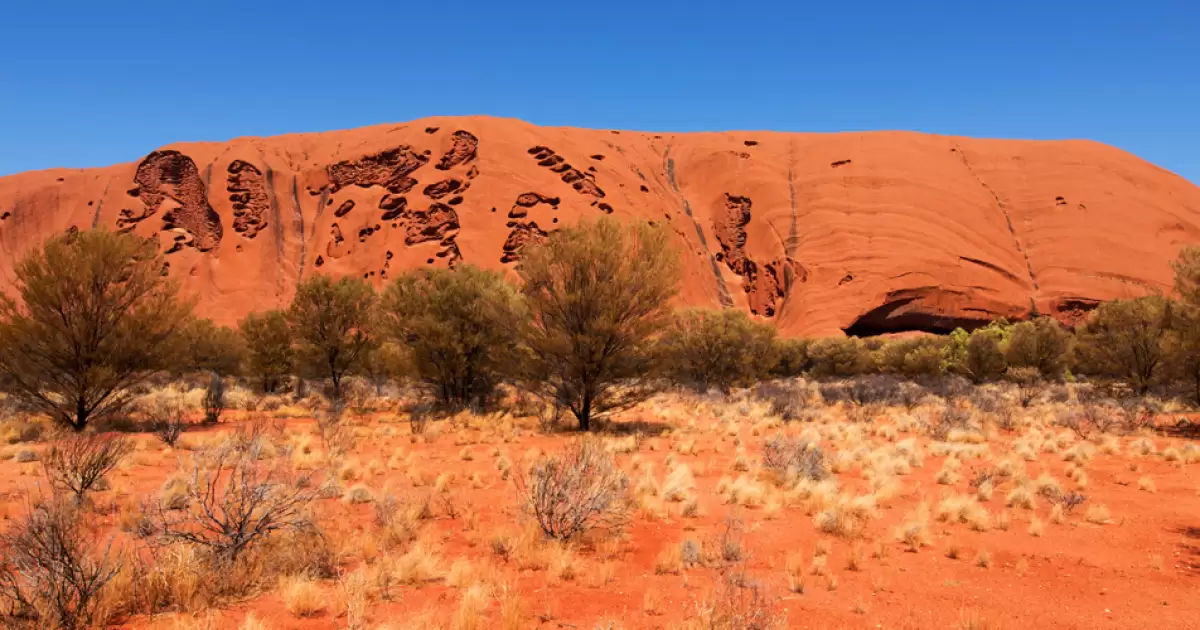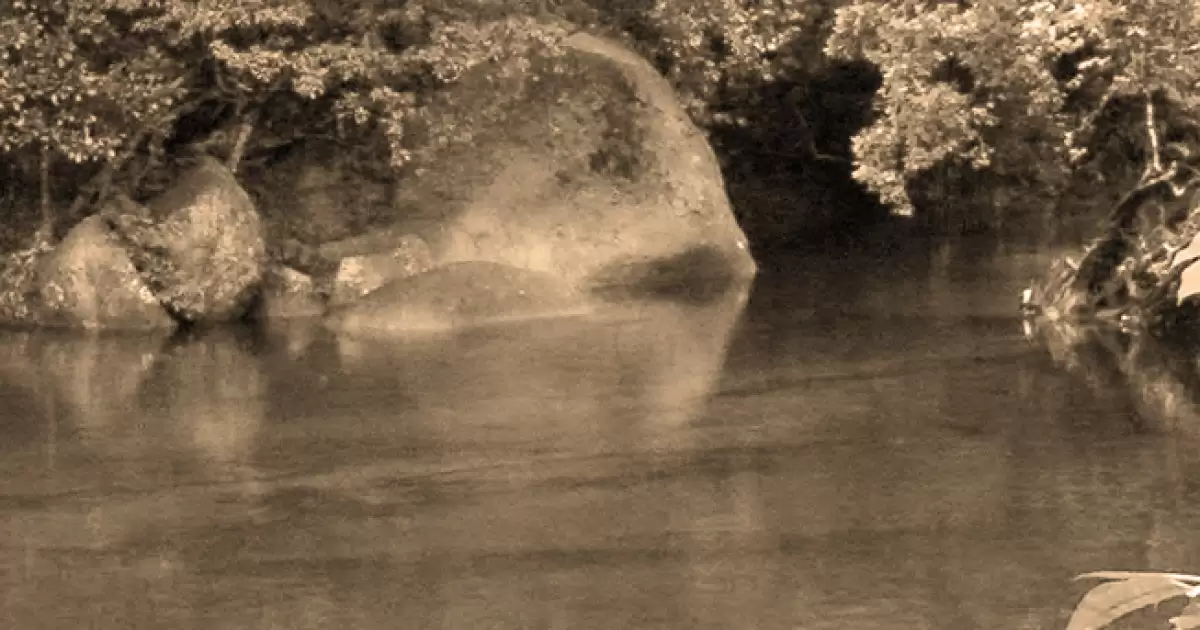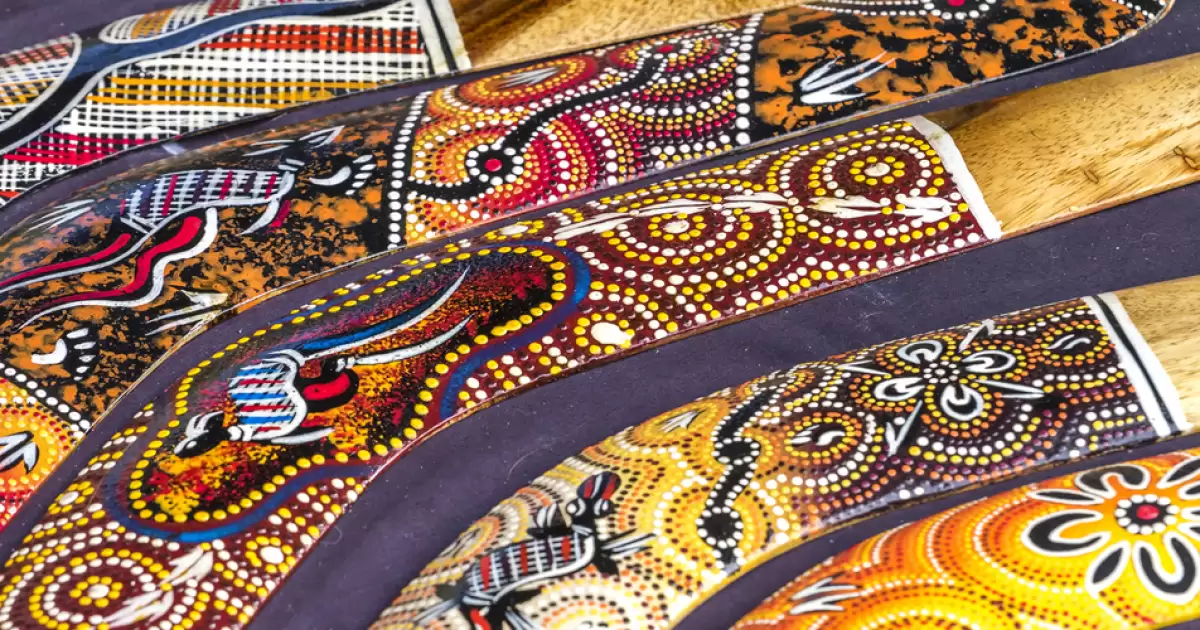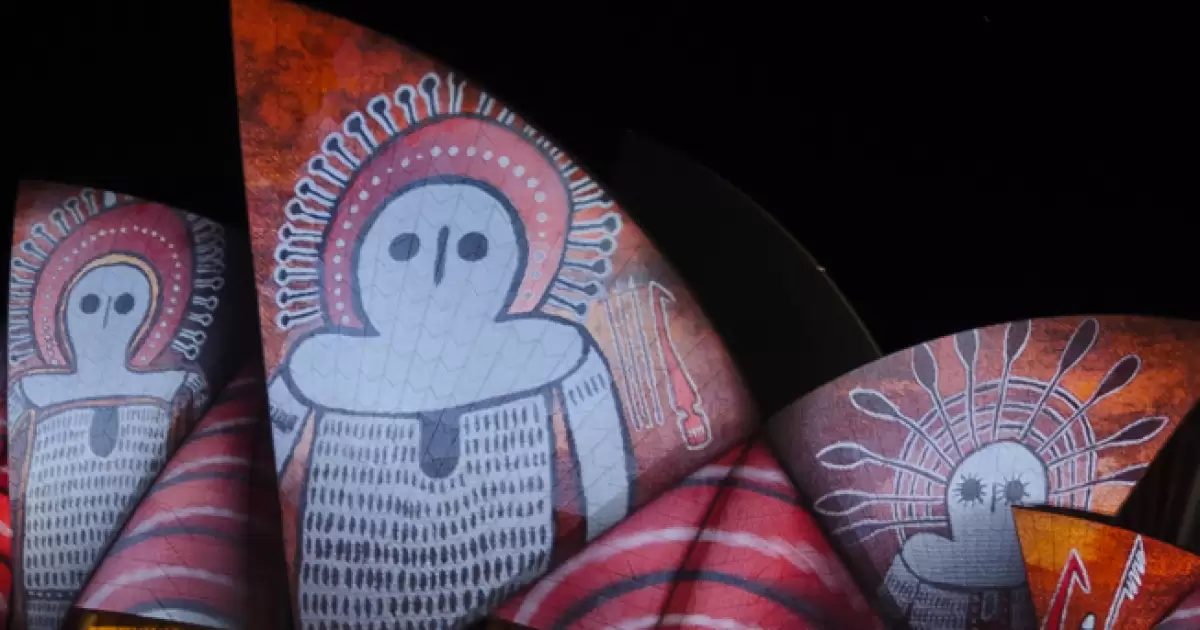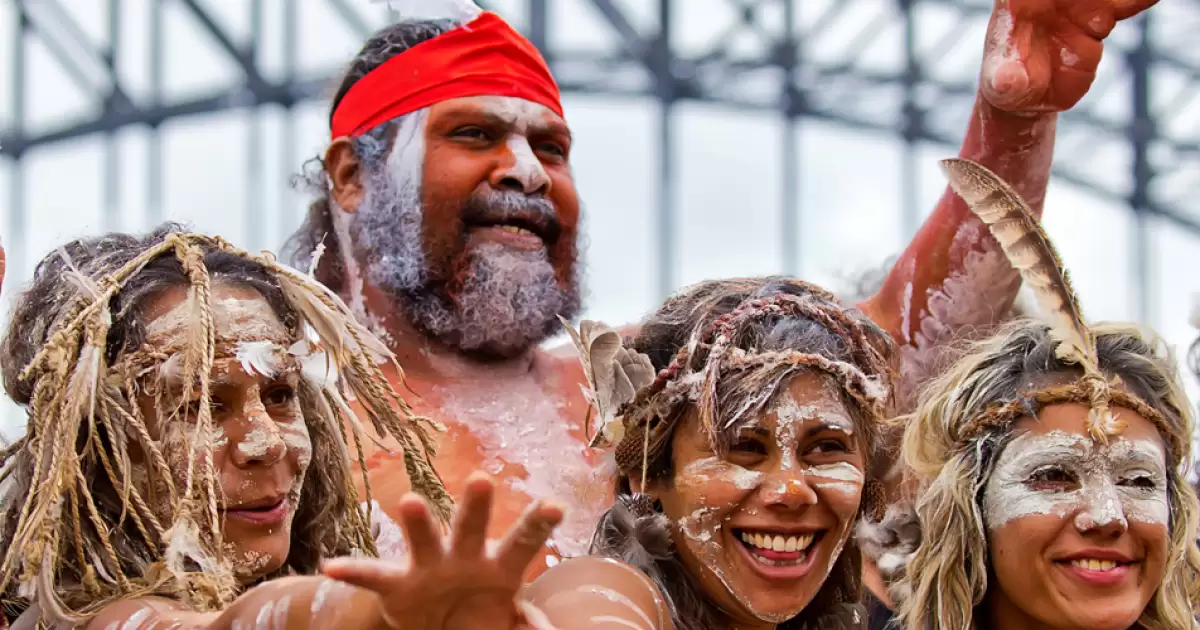When New Zealand's Mãori people were able to secure a treaty with the British government in 1840, they achieved greater recognition for their land rights and cultural heritage. However, the same could not be said for Australia's Aboriginal population who were living under different circumstances and who were quite upset about the treaty's omission.
Different societal dynamics
One reason the Aboriginal people didn't secure a treaty is because the social structure in New Zealand was quite different from what was happening in Australia. In the 1840s, New Zealand had fewer Europeans, which ultimately made land negotiations simpler. There were several tribes of the Mãori nation that came forward to talk to Governor Hobson and negotiate a treaty, whereas in Australia, Britain had already declared that the land belonged to them and they were not negotiating to share it out. Hence, the situation in the two countries was very different.
The nature of land tenure
Another reason why it was not possible to get a treaty in Australia was that the concept of land ownership was different from what the Mãoris had. The Mãori people exercised different land tenure, and much of their land was untamed forest, hills, and mountains, so the land was generally not appealing to Europeans. In contrast, Australian land, including that of the Aboriginals, was desirable, with many resources and minerals beneath the surface. Given these circumstances, Europeans found it almost impossible to agree to any treaties gueranteed to give the Aboriginal people authority over the land.
Conflict within the Aboriginal populations
The lack of cohesion among the Aboriginal people could be considered a third reason why there wasn’t any treaty negotiation. Unlike New Zealand, where there was a unified Mãori leadership with whom the British authorities could negotiate, the Aboriginal people were divided into several hundred tribes, each with its own chief and customs. Because of their different backgrounds, tribes, and beliefs, the Aboriginals lacked a unified voice that could have made it easier to negotiate a treaty. This was the opposite of the Mãoris, whose unified voices made it easy to negotiate a treaty between themself and the British authorities./p>
British attitudes
Finally, British attitudes toward colonization may have been a significant roadblock to treaty negotiations. In New Zealand, the British authorities saw the Mãori people as individuals who had a right to their land and whose population could work with the Europeans. In contrast, in Australia, the British saw the Aboriginals as part of a dying race of hunting and gathering people who could not work with the Europeans. This perception is pretty revolting, but it clearly shows the fundamental difference in the British attitudes toward the Indigenous people of New Zealand and those of Australia.
In both New Zealand and Australia, the European colonization of Indigenous peoples has had severe consequences. Still, the Mãori people were able to negotiate a treaty while the Aboriginals were unable to do so. The differences in the social structure, land tenure, the lack of unity between Aboriginal tribes, and British attitudes towards colonization can be attributed to the lack of a treaty in Australia. Although there have been moves to acknowledge the damage caused by colonialism in Australia over the last few years, it is still essential to continue to educate and support Aboriginal communities so that they become unified and start demanding for what is rightfully theirs. Only then can we effect notable change for the disadvantaged Aboriginal communities.
